February Birth Flower: February is a unique month. With fewer days than every other month on the calendar, February likes to do things differently.
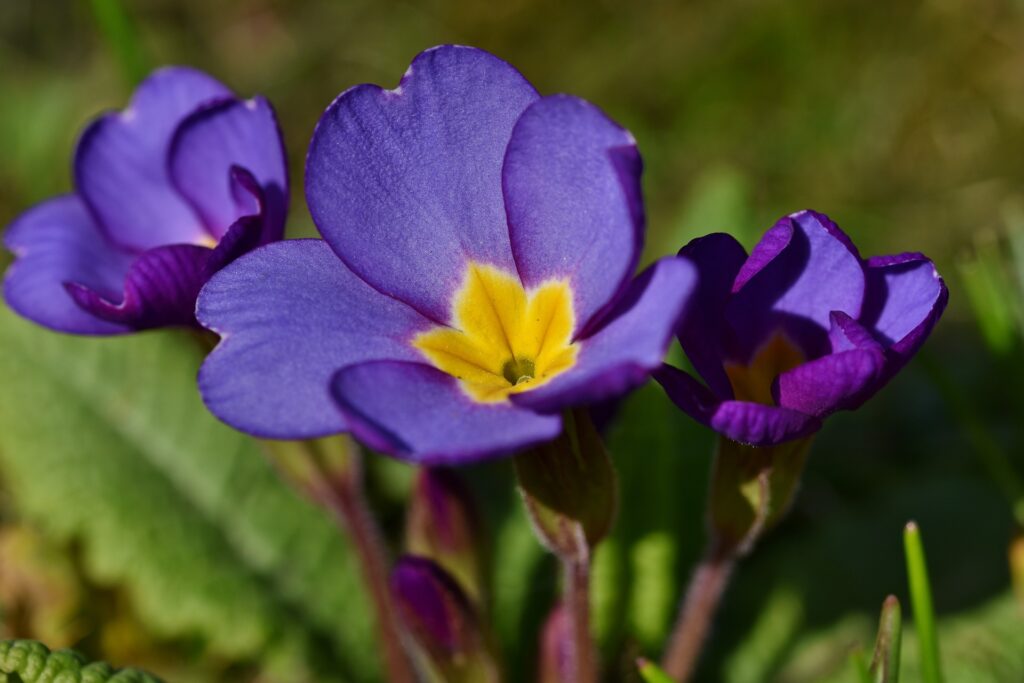
While most of us tend to know our zodiac or birthstones, knowledge of our birth flowers is less common.
Yes, many believe that your zodiac can tell you all manner of things about your personality and lives but birth flowers also have their own special meanings.
February is a big month for flowers. This is because of Valentine’s Day where we shower our partners with flowers and gifts to represent our love for them.
However, you may be surprised to find out that the famous symbol of love, the red rose, is not one of February’s birth flowers.
Understanding our birth flowers can become very useful when trying to find birthday flowers for a loved one.
To help you find out more, we have compiled an in-depth guide on February’s birth flowers and discussed the meanings and characteristics behind them below.
What Are February’s Birth Flowers?
The birth flowers of February are:
- The Violet
- The Primrose
Although many would automatically think of a red rose in February because of Valentine’s Day on the 14th, more modest flowers reign instead.
1. Violet
The violet is a purple-colored flower that symbolizes faithfulness, modesty, and virtue. This symbolism dates back hundreds of years.
In the Victorian era, violets were given as gifts to declare to another that you would always be true. To this very day, violets still signify loyalty, dependability, and thoughtfulness.
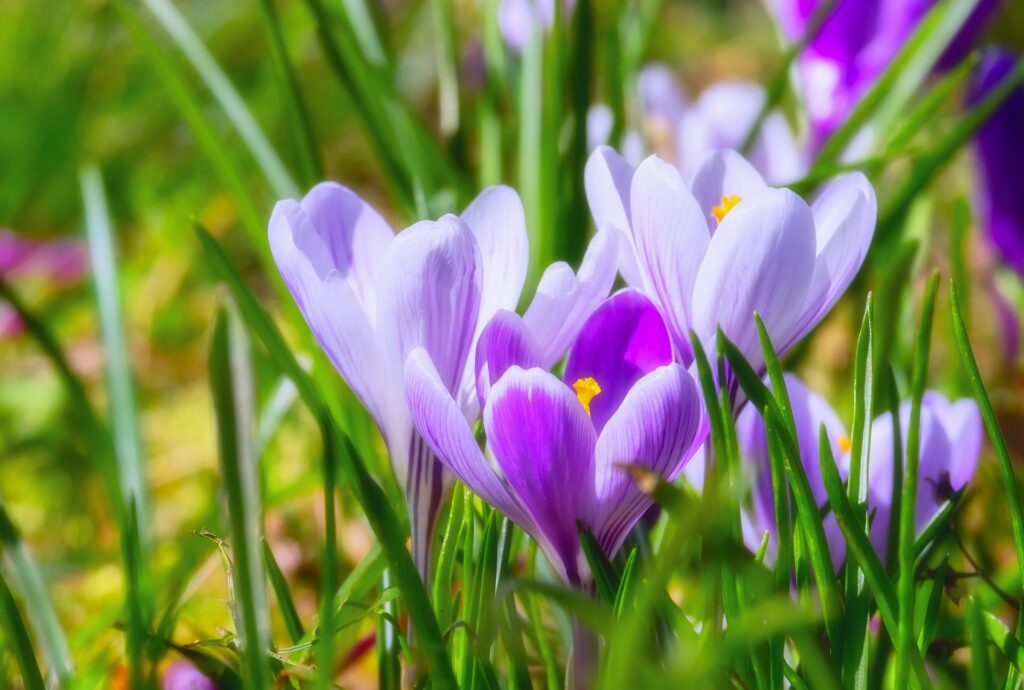
Violets are any member of the genus ‘Viola.’ The name ‘Violet’ is usually used when referring to these types of smaller flowers rather than larger-sized violas and pansies. However, not all plants with ‘violet’ in their name are necessarily violets.
For instance, the dogtooth violet (Erythronium dens-canis) and the African violet (Saintpaulia) are not violets in the truest sense of the word.
And, despite the name, not all violets are violet. Some can be white, blue, yellow, cream, and even multi-colored.
With the majority of violets being perennial, they can last for an apparent infinite time. In other words, they grow back each year without reseeding.
However, some examples are annuals (need to be re-planted) or come in the form of small shrubs.
Meaning In Ancient Greek and Roman Era
In Ancient Greek times, violets were given as a symbol of love and fertility. Furthermore, violets were also used as an ingredient in love potions of the time.
In the Roman era, naturalist Pliny the Elder was a firm believer in violet’s powers stating that “Purple violets are a cooling of nature: for inflammations.
And for pains, the head…and, taken in water, they are a cure for quinsy.” That’s right, violets are regarded as one of the earliest forms of a hangover cure.
In Christianity and other traditions, the violet is closely associated with humility and purity and is often referred to as ‘Our Lady’s Modesty.’
Give a violet to someone to let them know that you will always be there for them, through thick and thin.
2. Primrose
As well as violets, the primrose is another flower often regarded as February’s birth flower. This is a pale yellow perennial that originated in Europe.
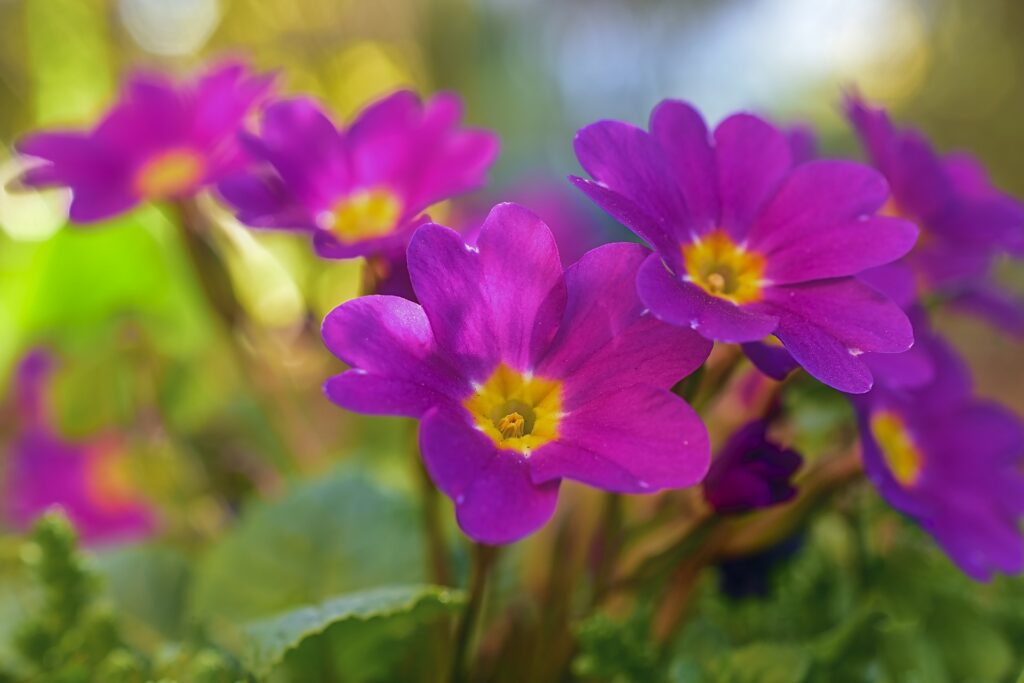
Interestingly, violets are actually edible plants that are wonderful for adding a splash of color to certain treats such as cupcakes.
Does someone you know have a birthday in February? Add some violets to their birthday cake! Primroses also symbolize young love so are, therefore, considered a superb gift for a significant other.
Moreover, primroses are generally the first to bloom as winter fades away. If they are given a little shade and moist soil, they will usually multiply each year as well.
Ask most people and they will imagine a common or the English primrose, Primula Vulgaris when asked to think about these flowers. The name ‘primrose’ is often used to refer to any member of the Primulaceae family.
This derives from the Latin ‘primus’ which means first or early. As for the ‘rose’ section of the name, that is still up for debate.
RELATED: The Best January Birth Flowers (Including Pictures)
The rich history of primroses is also in some of the world’s most famous pieces of literature. For example, in Shakespeare’s Hamlet, Ophelia accuses Laertes, her brother, of “treading the primrose path of dalliance.”
In simplified terms, this means he is taking the easiest and most sinful route available to him.
As a symbol of young love and undying affection, giving a primrose to someone lets them know that you could never live without them.
Where Did Birth Flowers Originate?
Although it is not 100 percent familiar, it is a belief that birth flowers first originated in Roman times. Historians believe that these flowers were akin with birthdays.
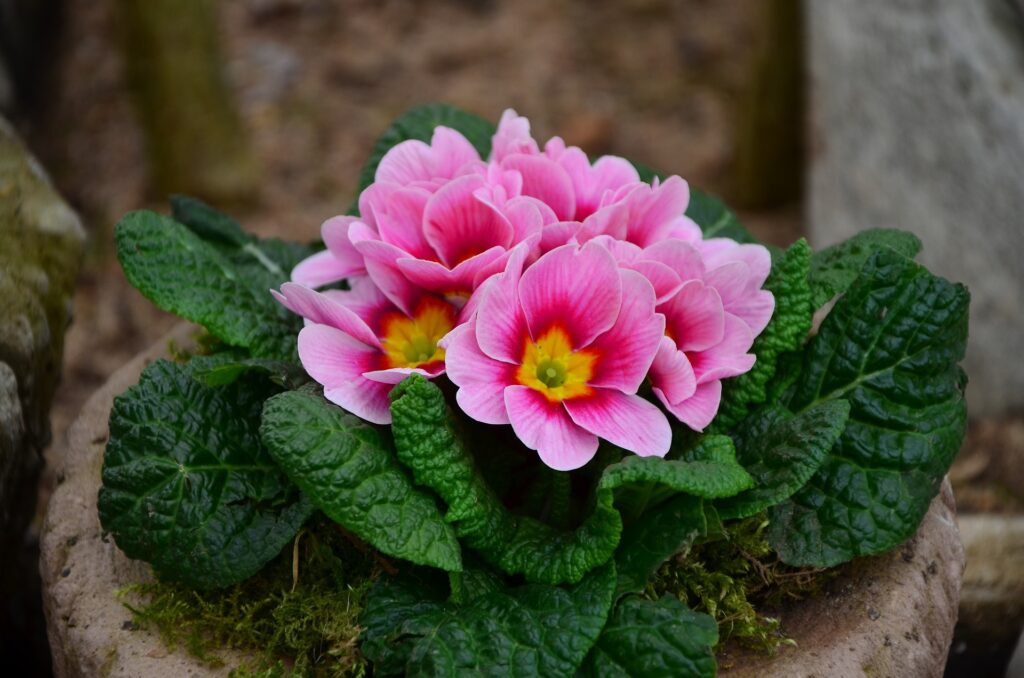
As a matter of fact, this era saw the first examples of birthday celebrations within society.
These early celebrations saw people decorate the altars of Roman Gods with different kinds of flowers. They also gave flowers as birthday gifts to friends and family.
As for the idea that flowers have a symbolic meaning, this is thought to have been introduced to England in the eighteenth century.
This slowly began to spread throughout the world and after a century, floriography became popular. This craze is famous as the Language of Flowers.
What Is The Language Of Flowers?
The Victorian era saw the Language of Flowers become increasingly popular. Simply put, flowers became a great way for conveying hidden messages, especially to lovers.
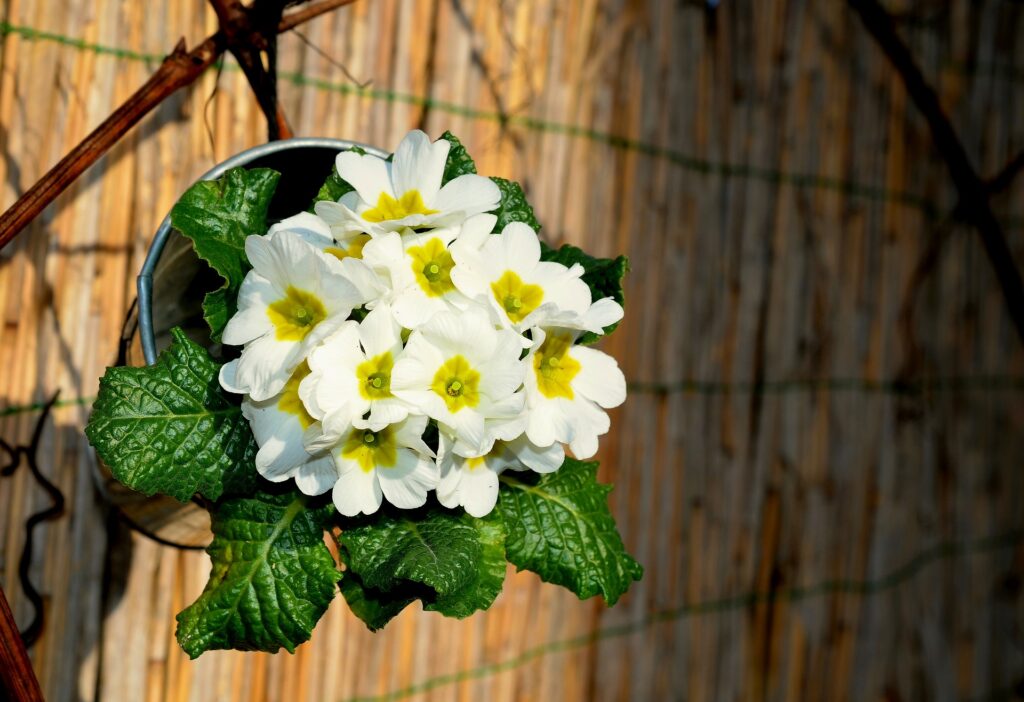
Therefore, people could send these heartfelt messages without breaking any stringent rules associated with the etiquette of displaying love and affection.
All types of flowers had different meanings and symbolism assigned to them.
These could then be in use to communicate messages, feelings, or moods to a recipient without having to speak aloud. That’s right, flowers were a form of a coded message!
In the present day, flowers still hold specific meanings and we still choose certain types for each month of the year.
We still use flowers to convey messages such as ‘I Love you,’ ‘I’m sorry,’ and ‘thinking of you,’ as well as many other sentiments.
In Summary
Each month of the year has its own unique birth flowers. These all have distinctive symbolism and meanings. Whether these ring true to your personality and characteristics is up to you to decide.
As for February, violets and primroses have their own meanings associated with devotion, loyalty, love, and undying affection.







